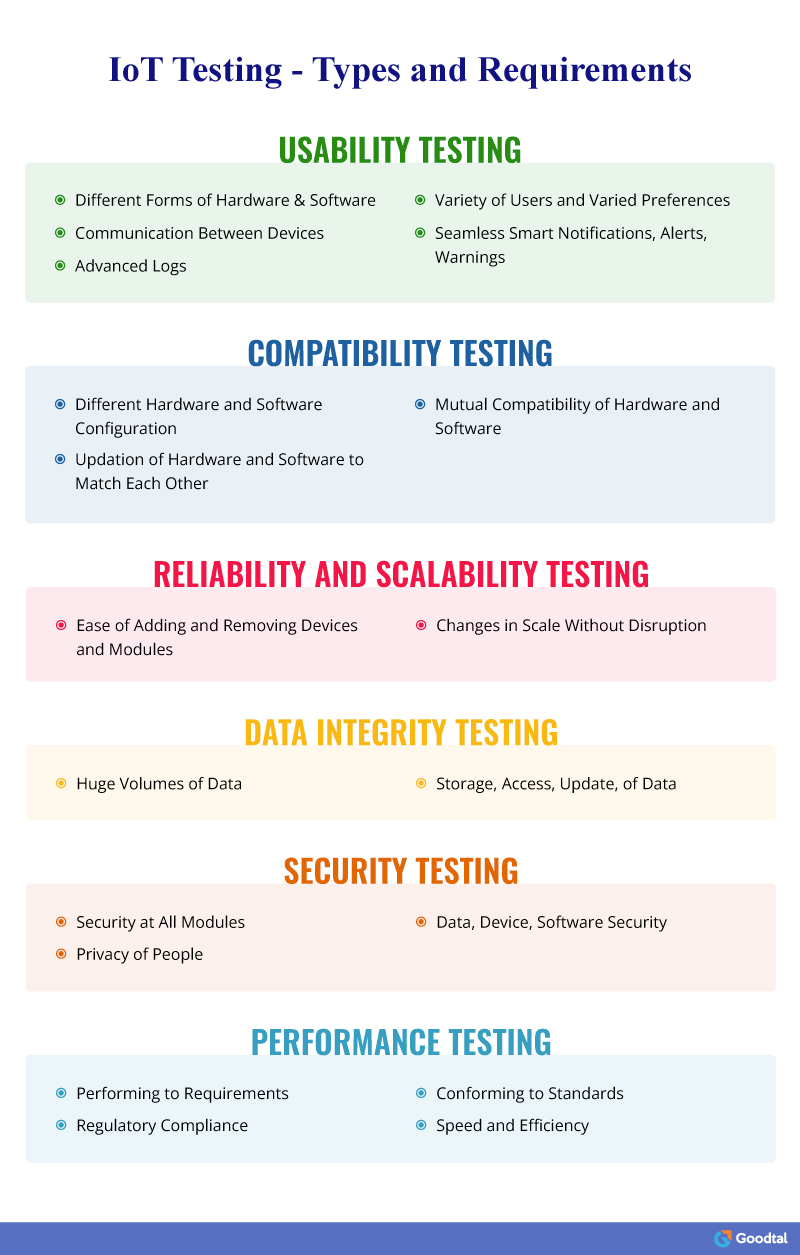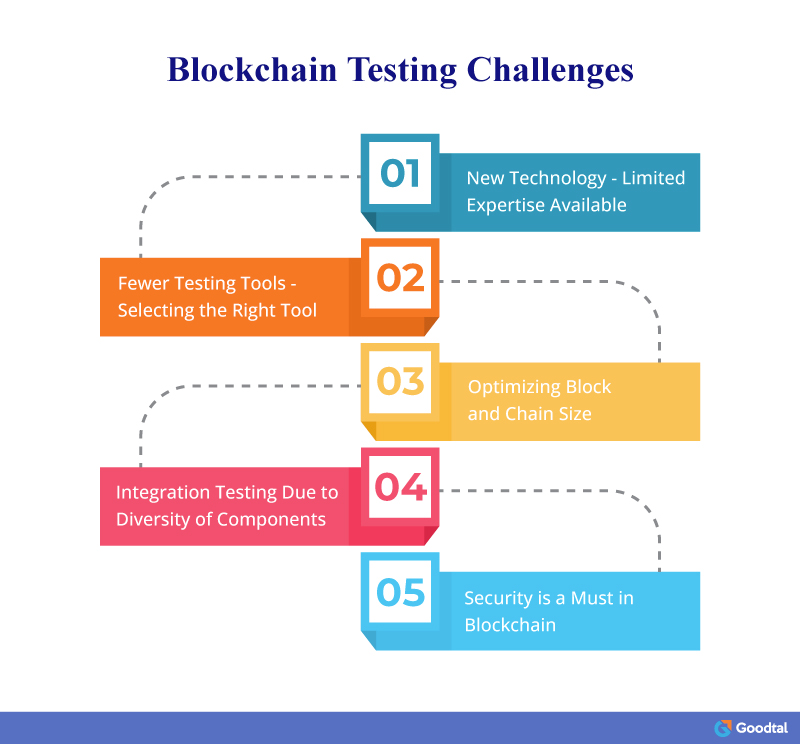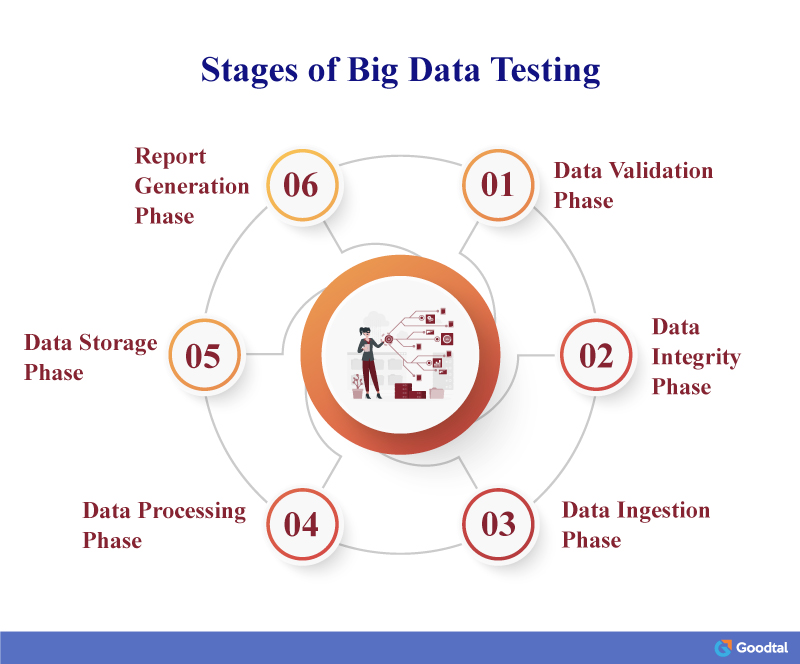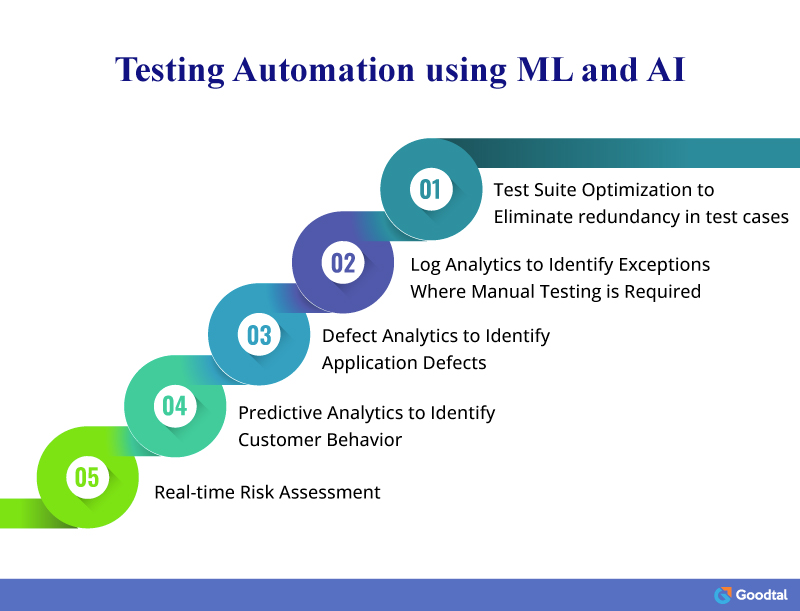
Effective products that win the competition are the foundation of successful businesses. And software testing facilitates the development of effective products. So, smart businesses don’t undermine the importance of software testing.
Software testing thus has a considerable market. The statistics here will also indicate how fast this market is expected to grow.
The Software Testing market size is anticipated to record a CAGR of more than 6% between 2022 and 2030.
Convinced by the statistics, almost all businesses agree that software testing is essential. But, should businesses just follow the league and go for software testing without knowing how to make it effective?
Software testing is vast, but you don’t have to do everything! Businesses must pick up the best practices in software testing that are relevant to their needs. For this, they can’t ignore what’s new and happening in this domain!
Trends in Software Testing
Here is a summary of the most exciting software testing trends that will keep businesses busy in the near future.
Internet of Things Testing
No popular trends blogs can ignore IoT as it is the next-gen technology, the world's future. So, when discussing software testing trends, the first trend that comes to mind is Internet of Things testing.
IoT is a vast domain with so many devices, hardware, operating systems, apps, etc., working together connected to a high-speed network. A collection of so many devices and software comes with its challenges. The toughest part of this network is its scale, making it difficult to ensure compliance, productivity, and performance in all modules and throughout the network.
As the world is moving toward smart cities, IoT testing has become compulsory as we cannot put a city, its services, facilities, and residents at risk of poor system performance. Moreover, smart cities become robust in services and operations when the system performs well. This aids in the ease of scaling that most cities are now going through.
What Are the Types of IoT Testing?
This infographic describes the requirements of IoT testing and the types of testing to incorporate these needs.

Blockchain Testing
Blockchain is immutable, distributed, decentralized, and secure for faster transactions and transparency, ensuring fraud prevention. This single statement can easily describe why blockchain testing is so important. We cannot ensure a robust and secure blockchain application without thorough testing.
There are many domains of Blockchain testing. However, a lot depends on the complexity of the application and also its scale. However, generally, blockchain testing includes Unit tests, Integration tests, User Interface testing, and API testing.
It is not as simple as it appears from the above statement. Blockchain testing is challenging compared to many other technologies. Here is an infographic on challenges in Blockchain testing.

Businesses can overcome the above challenges by hiring blockchain testing services experienced with Blockchain projects.
Big Data Testing
Almost all businesses are now leveraging Big Data applications for growth. However, gathering the right data and converting it into useful analytics is challenging, and many applications fail to deliver effective results. Owing to such challenges faced by businesses, Big Data testing is becoming a major future testing trend.
Big Data testing, however, is a time-consuming and costly process. Yet, to extract relevant and accurate data that can give businesses actionable insights, businesses must go through the different phases of Big Data testing. The infographic here describes the phases of Big Data testing.

Businesses keen to adopt Big Data testing and go through the above stages can ensure they have the right data available from relevant sources at the right time. End-to-end Big Data testing is thus a growing trend, inevitable for businesses!
DevTestOps
An extension of DevOps, DevTestOps is a combination of Development, Testing, and Operations. DevTestOps is expected to push DevOps to the next level, involving continuous testing, integration, and deployment in software development. When testing is incorporated at all levels, we can expect quality from beginning to end. This will ensure that the product complies with the requirements, is error-free, and performs on all parameters.
Software development was considered a time-consuming and costly process. But, with this trend of DevTestOps, there will be hardly any requirement to modify the product from scratch after the development has been completed. This, in turn, saves businesses considerable time and expenses in the end. Continuous and automated testing are some crucial aspects of DevTestOps. The quality assurance teams use Continuous Integration and Continuous Deployment pipelines to improve software delivery through automation of processes.
As the bugs in the DevTestOps methodology are identified before the product release, businesses can take care of these and improve the overall user experience. Consequently, the product ensures fewer customer complaints and only positive feedback.
User Experience Testing
All of us know the significance of offering a great user experience. But, our responsibility is to integrate such user experience during product development. To ensure this, user experience testing is integral to software development, irrespective of the methodology you follow for development.
User experience testing is also termed usability testing. As the term suggests, it checks whether the software is conveniently usable by the user. As it encounters a block, the issue is corrected at the same stage so that the bug does not carry on to further stages disrupting the software development process.
Above is just a glimpse of user experience testing. The whole concept is much broader and includes a variety of tests that are performed at various levels. These are broadly classified as user experience testing for the outcome desired from these.
Though user experience testing has been there for some time, this trend is expected to continue with advanced technology. It will grow further as user experience gains more and more significance in software development.
Machine Learning and Artificial Intelligence in Testing Automation
As Artificial Intelligence empowers the automation of various technical processes, the software testing trends are now shifting towards ML and AI-based testing automation.
Like most areas where businesses are leveraging AI and ML, testing automation is also expected to become efficient, productive, and free from human errors using AI and ML. However, the aim of testing automation using ML/AI is not to eliminate manual testing.
As we are aware, some exceptional circumstances do require manual testing. AI/ML also helps optimize testing by identifying which areas can be improved through automation and those which will still require manual testing.
Testing using ML and AI is a vast area that is too comprehensive to describe in a few words. This infographic summarizes other crucial aspects of Testing Automation with Artificial Intelligence and Machine Learning.

Summary!
According to IBISWorld, the market size, measured by revenue, of the Software Testing Services industry is $6.8bn in 2022.
You can assess the level of demand in this field from the statistics. Demand leads to competition between businesses. However, as technology advances, so do the challenges with it. Software testing thus has to evolve every day to accommodate all the challenges and deliver perfect outcomes.
Competition is fierce in this field, so businesses must keep themselves prepared for the emerging trends in software testing. We have listed a few interesting and challenging software testing trends to help businesses cope.
However, not all businesses can spend so much time and resources on specialized fields such as software testing, especially as it can differ with technology and trends. So, hire software testing services to take care of all your needs.
